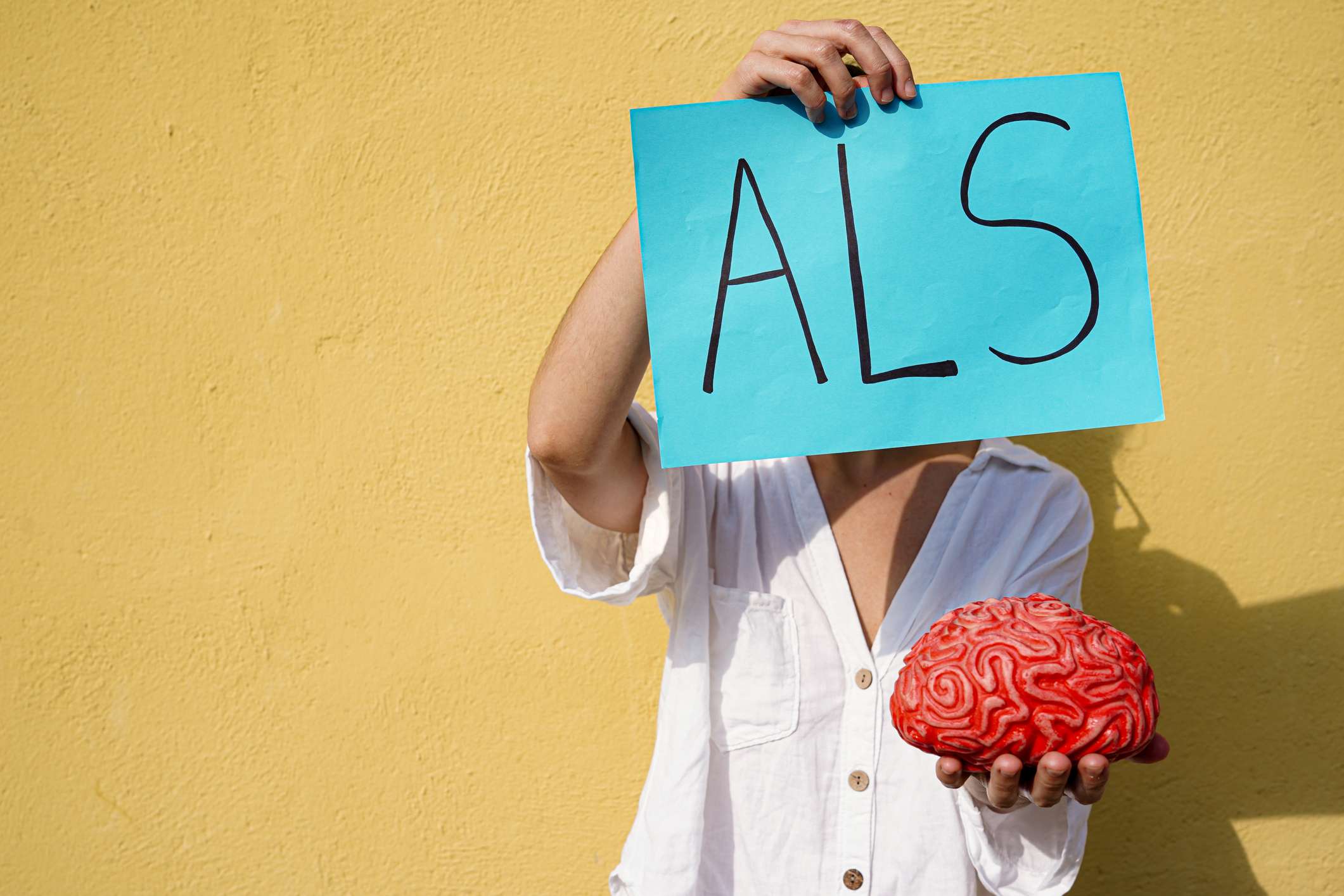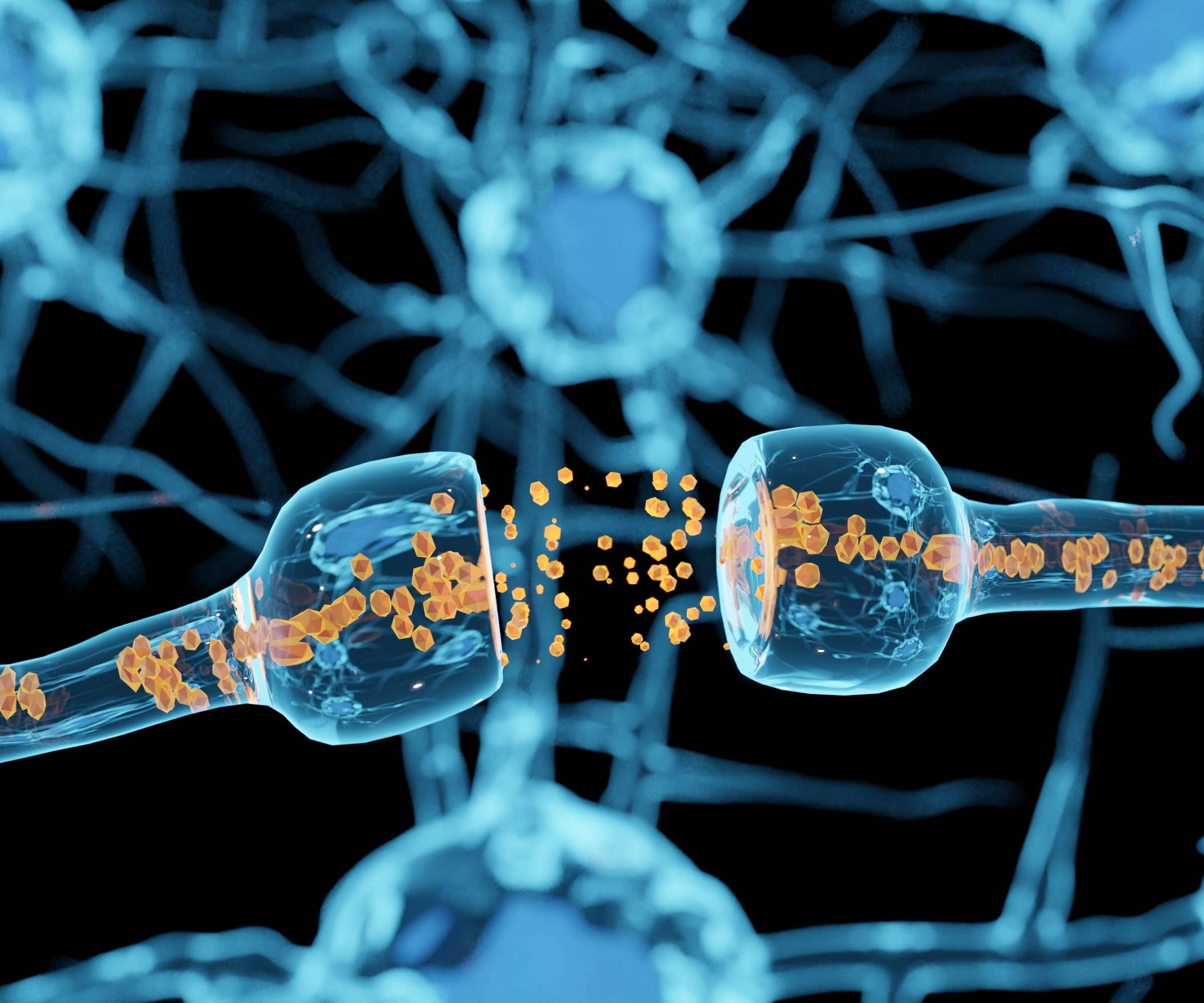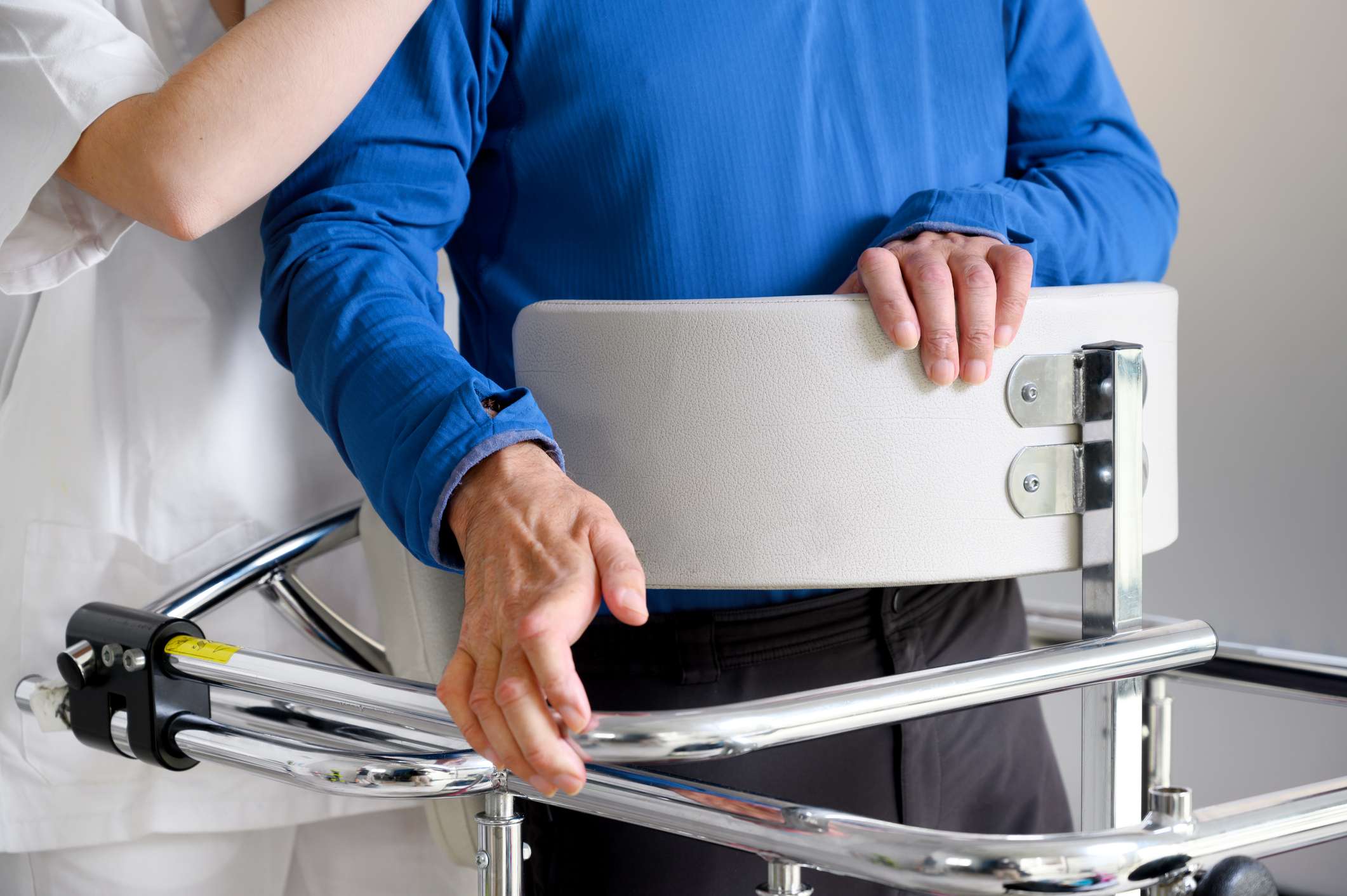Basics
Amyotrophic lateral sclerosis, also known as ALS, is a neurodegenerative disease of the central and peripheral motor nervous system. It is accompanied by increasing destruction of nerve fibers. The disease affects the motor neurons, the spinal cord, the muscles and the musculoskeletal system.
In ALS, both the 1st central motor neuron (in the brain with pyramidal tract to the spinal cord) and the 2nd peripheral motor neuron (in the brain stem and spinal cord with nerves to the muscles) are affected. The disease of the motor nerve cells in the spinal cord and their extensions leads to various symptoms in the innervated muscles (muscle atrophy, muscle twitching, paralysis, etc.). As the disease progresses, there is usually a mixture of flaccid atrophic paresis (2nd motor neuron damaged) and spastic paresis (1st motor neuron damaged).




